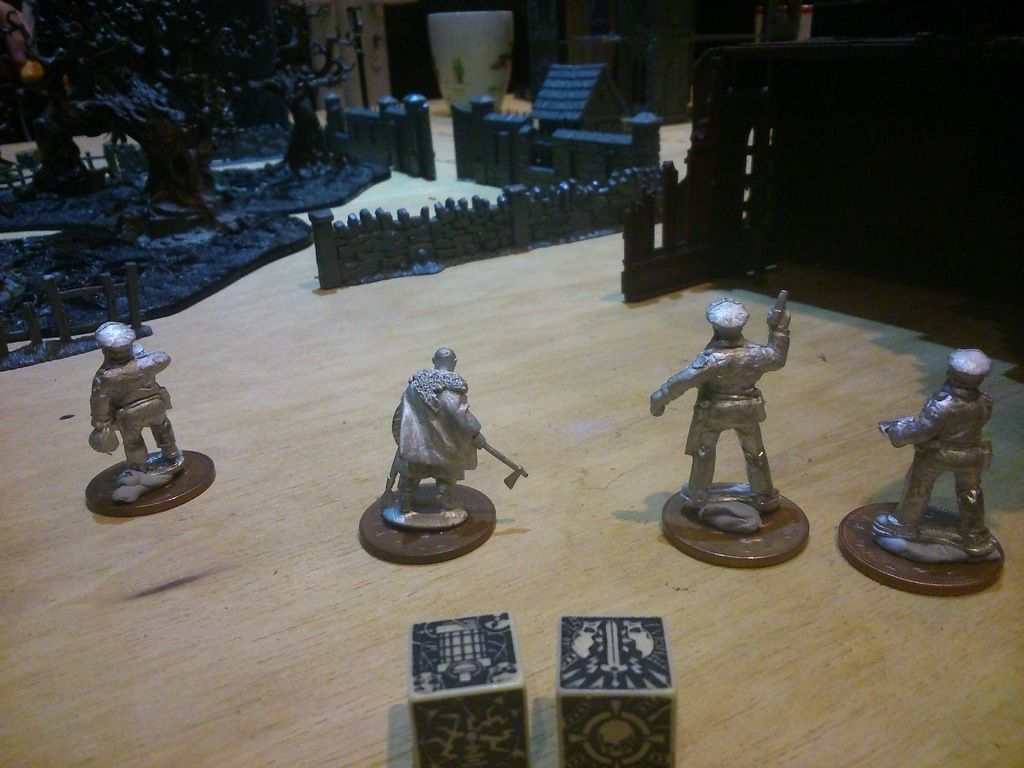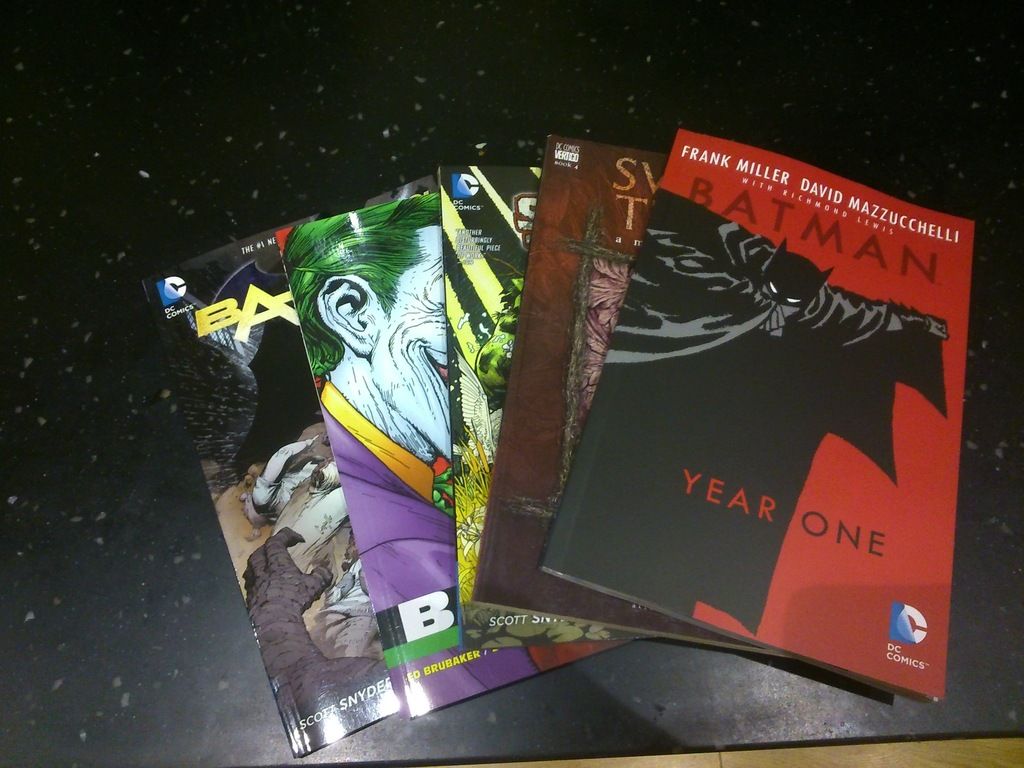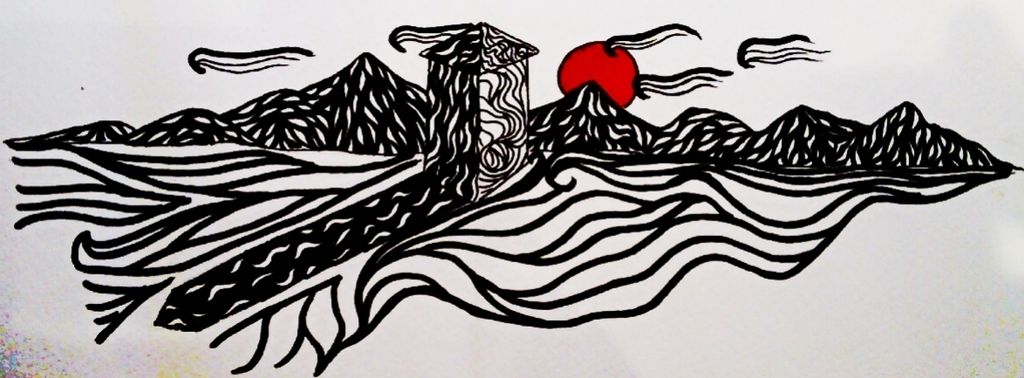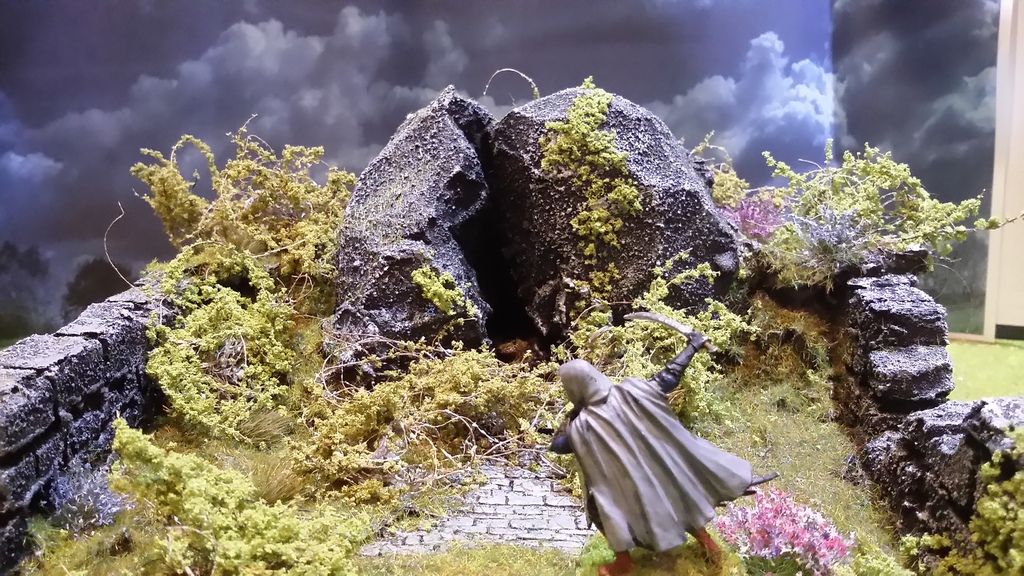My gaming circle recently decided to give the new Batman Miniatures Game a go. We mostly play Games Workshop games and this seemed a good opportunity to try something different, with a setting we all knew.
The official Knight Model miniatures are nice, but they are not cheap, so we used proxies in our first game. Also none of us have ever really done any games in a modern setting before, so we didn't really have any scenery. Having no idea how this game worked, I didn't want to commit to splashing out before I'd had a chance to try it.
Choosing a Gang
Knight Models already have an impressive selection of miniatures, and they can be put together in quite a flexible way to form your gang.
I've never been a big follower of DC, I mostly read Hellboy stuff these days, though I've dabbled in Marvel in the past. However I have most of Alan Moore's run on Swamp Thing on my bookshelf, so when I saw he was available I struck on the idea of having a Batman/Swamp Thing team up.
Batman is a leader and can (I think) only be included in the Batman team. Luckily Swamp Thing is a 'Free Agent' and so can join most teams.
Another interesting idea is that they don't just have one Batman available. Instead you can choose one of a number of versions, including the Arkham City incarnation (who, I am reliably informed is based on the computer game of the same name), and Adam West's iconic portrayal.
 Aesthetically I prefer the Frank Miller Batman, and luckily at 109 reputation (points) he is one of the cheapest. With a typical game being 300 points, and Swamp Thing coming in at 150, this does at least leave my some points for a couple of members of the Gotham City Police Department. I've had some Wargames Foundry Cops lying around for ages and am glad to finally have a use for them.
Aesthetically I prefer the Frank Miller Batman, and luckily at 109 reputation (points) he is one of the cheapest. With a typical game being 300 points, and Swamp Thing coming in at 150, this does at least leave my some points for a couple of members of the Gotham City Police Department. I've had some Wargames Foundry Cops lying around for ages and am glad to finally have a use for them.Setting Up
The table is set up to represent Gotham city, so lots of buildings, and plenty of cover. As I mentioned we didn't really have much in the way of modern terrain, but for this first taster game we used some 40k buildings.
The free pdf version of the game is designed for two players and we had three, but this wasn't really a problem, things were pretty simple to adjust.
The scenario we played had our gangs deployed pretty tightly in the corners, but movement can be pretty swift if you choose your tokens wisely (more on tokens below) and on the recommended 3'x3' board you can soon be in combat.
Playing the Game
 |
| Batman (who looks suspiciously like a Viking) and the GCPD |
This is a pretty cool idea. It means a lot of the game is spent creeping around in the shadows, planning your advance to make the most of the darkness or, if you are a more shooting based gang, positioning your self so you can see people coming.
The second big mechanism is tokens. Each character can place a number of tokens on their sheet at the beginning of the turn. From 4 for a rookie cop, to 8 for Frank Miller's Batman. These can be split up into four different categories: Move, Attack, Defence and Special.
Tokens put into Move allow you to increase your basic move rate, or to do things like cross obstacles, climb ladders etc.
 |
| Research material, courtesy of Amazon.co.uk |
Defence tokens let you try and block close combat attacks.
But where the characters really come into their own is through using special tokens. Anyone can use them to do things like enter the sewer system (allowing them to pop up somewhere else on the board a couple of turns later) but characters like Batman have a whole list of special skills, many of which need a special token to activate. Some examples are using his cape to slow a fall or jump and avoid injury or using his Batclaw to climb buildings.
All tokens have to be placed before any characters move that turn, which means you need to plan your move and anticipate what your opponent(s) will do, to ensure you have the correct tokens to react.
Combat
 |
| Our make-do Gotham. |
Combat fits in well with my idea of
how comic book combat should. There are a few rolls you need to make
and in this game I did struggle to remember what I was supposed to be
rolling each time, but it's not really that complicated, certainly no
more so than the Warhammer family of games. There are a number of
options open though which means combat is not just a matter of
running your character into theirs and hoping for the best.
For example everyone can choose to
grapple or push instead of a normal attack. The former will make the
target easier for subsequent characters to attack, the latter can
push someone off the edge of the building, possibly fatal if you are
3 or 4 floors up.
Other characters can also use special
attacks to add more flavour. When you add this to the variation in
attack/defence tokens combat is tactical and fun.
 Conclusions
Conclusions
Well I'll certainly be playing the
game again. It 'feels' right for the background, and has a lot of
tactical decisions to make through-out. The miniatures are nice,
although as I said before, not too cheap. Having said that you don't
need too many to play. The suggested reputation (points) total is
300, that gives me four people, probably slightly below average, but
most gangs will be about 6 or so figures strong.
There are other supers games and I'd
like to try these out, notably Ganesha Games' contribution (Power
Legion?) but I can see Batman becoming a semi regular game for my
group (well I hope so anyway as I've just ordered Batman and Swamp
Thing and started making some scenery). It's definitely more of a
tournament-style game than narrative, and one of the minor failings
is that there are a few holes in the rules. In a game like Song of
Blades and Heroes this doesn't matter too much, but in this type of
game it has more impact. I expect these issues will be addressed
eventually with FAQs and/or a second edition.












